The occupational therapist and professor at the University of Burgos, Olalla Saiz, explains in this article, together with her student Victoria Gómez, the treatment of autism spectrum disorder (ASD). Specifically, how to carry out a cognitive intervention in children with ASD with NeuronUP.
What is autism spectrum disorder (ASD)?
Autism spectrum disorder is defined as: a neurodevelopmental disorder of neurobiological origin, which presents a wide variety of clinical expressions, as a result of multifactorial dysfunctions in the development of the central nervous system.
Symptoms of autism spectrum disorder
In all cases of autism spectrum disorder there are symptoms in the following three areas:
- Impairment in the development of reciprocal social interaction
- Impairment of verbal and nonverbal communication
- Restricted repertoire of interests and behaviors
Areas in which they have difficulty
ASD presents difficulties in the following areas:
- Reciprocal social interaction
- Communication and language
- Repetitive behaviors and mental inflexibility
- Psychiatric conditions
- Cognitive and learning dysfunctions
- Medical conditions
What is the origin of autism spectrum disorder?
The etiology of ASD is considered to be multifactorial; there is no single cause that specifies why this condition manifests. However, it is true that a very important factor is genetic inheritance.
Cognitive intervention in children with autism spectrum disorder with NeuronUP
Below, the objectives of the intervention session, the methodology, the schedule, the duration and the selected activities are explained.
Objectives of the cognitive intervention in children with ASD
The main objective of the Cognitive intervention in children with autism spectrum disorder with NeuronUP is to improve the cognitive function of attention. For this, a cognitive session will be carried out using the NeuronUP program.
In addition, a series of specific objectives are proposed:
- Improve sustained attention in terms of performing activities
- Enhance focused attention on the task
- Minimize hyperactivity or impulsivity behaviors
- Increase concentration when carrying out a specific task
Methodology
- The group consists of about 15 children with ASD.
- The rooms can be arranged in a U-shape.
- Depending on the characteristics of the children, some activities will be attempted to be worked on jointly, such as activity 1, or individually at each one’s computer. If it is decided to do it individually, the therapists will have to pay attention to the children in case they need their help.
- The activities will be carried out through the NeuronUP platform (2).
Schedule
The following schedule will be followed to carry out the NeuronUP session:
| Schedule | Activity |
|---|---|
| 10:00 – 10:30 | Opening activity |
| 10:30 – 10: 40 | Activity 1: Shape Sorter |
| 10:40 – 10:50 | Activity 2: Search and Find |
| 10:50 – 11:00 | Activity 3: Hidden Code |
| 11:00 – 11:30 | Break |
| 11:30 – 11:40 | Activity 4: Escape from the Monster (if time permits). |
| 11:40 – 12:00 | Closing activity |
The schedule includes an opening activity to make a first contact. The objective is to build trust both among the children and between us and the children.
Duration of the intervention
Each NeuronUP activity has a duration of 10 minutes, resulting in a session of about 40 minutes of NeuronUP and 20 to 30 minutes for the opening and closing activities. These last two are longer because it is necessary to explain well what we want to do with them and to evaluate how the session went.
In the event that the session lasted longer than expected because they needed more time to perform the activities, activity number 4 would be kept in reserve in case some activity did not seem appealing to them or they liked it.
Materials needed
The materials needed to carry out this intervention for the treatment of autism spectrum disorder (ASD) ARE:
- Computer,
- NeuronUP.
NeuronUP activities to carry out a cognitive intervention in children with ASD
Below, we explain in detail the activities chosen to conduct the NeuronUP session:
1. Shape Sorter
What does it consist of?
The therapist will launch the game for the children and will explain it to them. The game consists of placing each piece in its place.
In the game we are shown the figure to place in color and the hole where they have to place the figure is gray so they can learn to associate the shape of the piece with its shadow.
When the child gets it right, the character becomes happy and if they make a mistake, sad.
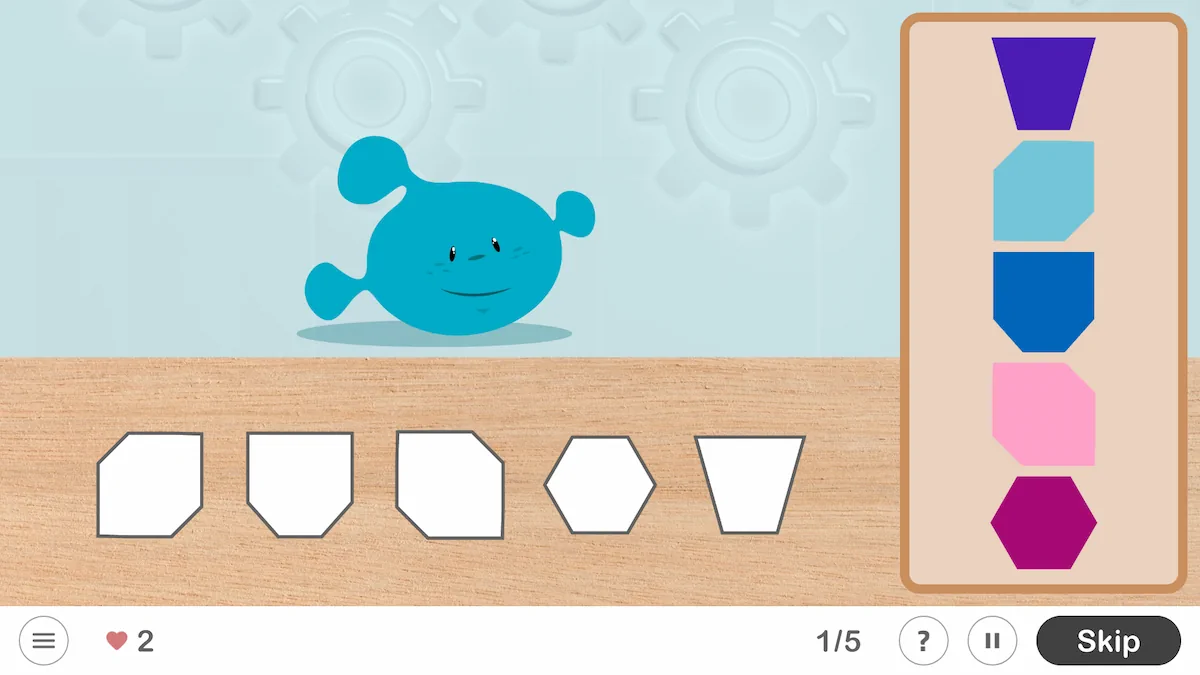
What does this activity train?
This activity for working with children with ASD primarily trains visual gnosis and secondarily selective attention.
Play by levels
The game is divided into 6 phases, with phase 1 being the easiest and phase 6 the most difficult.
The user will move up or down levels automatically according to their hits or errors, bearing in mind that they have three lives per level.
Learn more about
NeuronUP
Try it for free
The platform that 3,500+ professionals use on a daily basis
2. Search and Find
What does it consist of?
This exercise consists of searching for a series of elements within a set. We show you an example in the following video:
What does this activity train?
This exercise trains selective attention.
Play by levels
The game is divided into 12 phases, with phase 1 being the easiest and phase 12 the most difficult.
The child will move up or down levels automatically according to their hits or errors.
In the easiest phase, 1, we are told, for example, the animal that we have to look for among four animals and place in the farm.
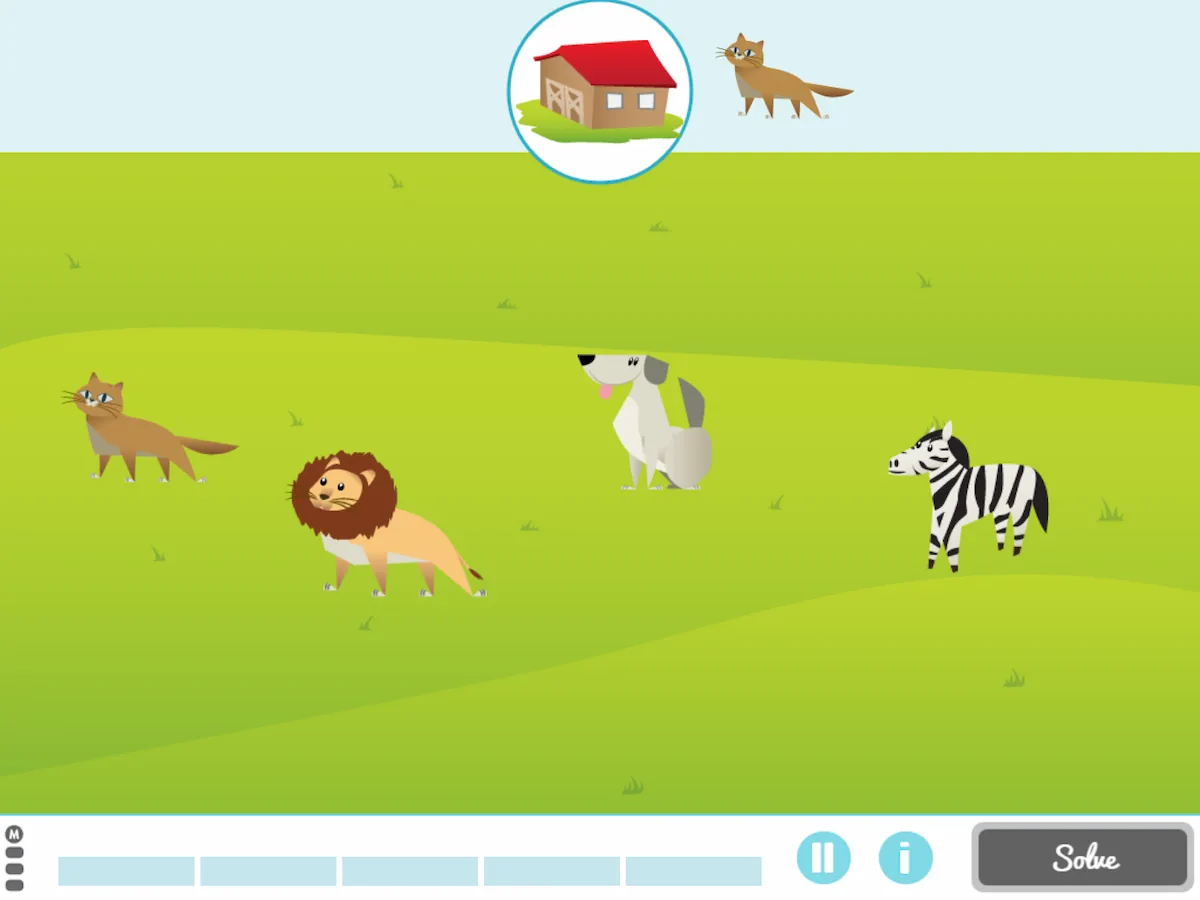
As the levels increase, there are more animals to search for among many more animals, as shown in the following image:
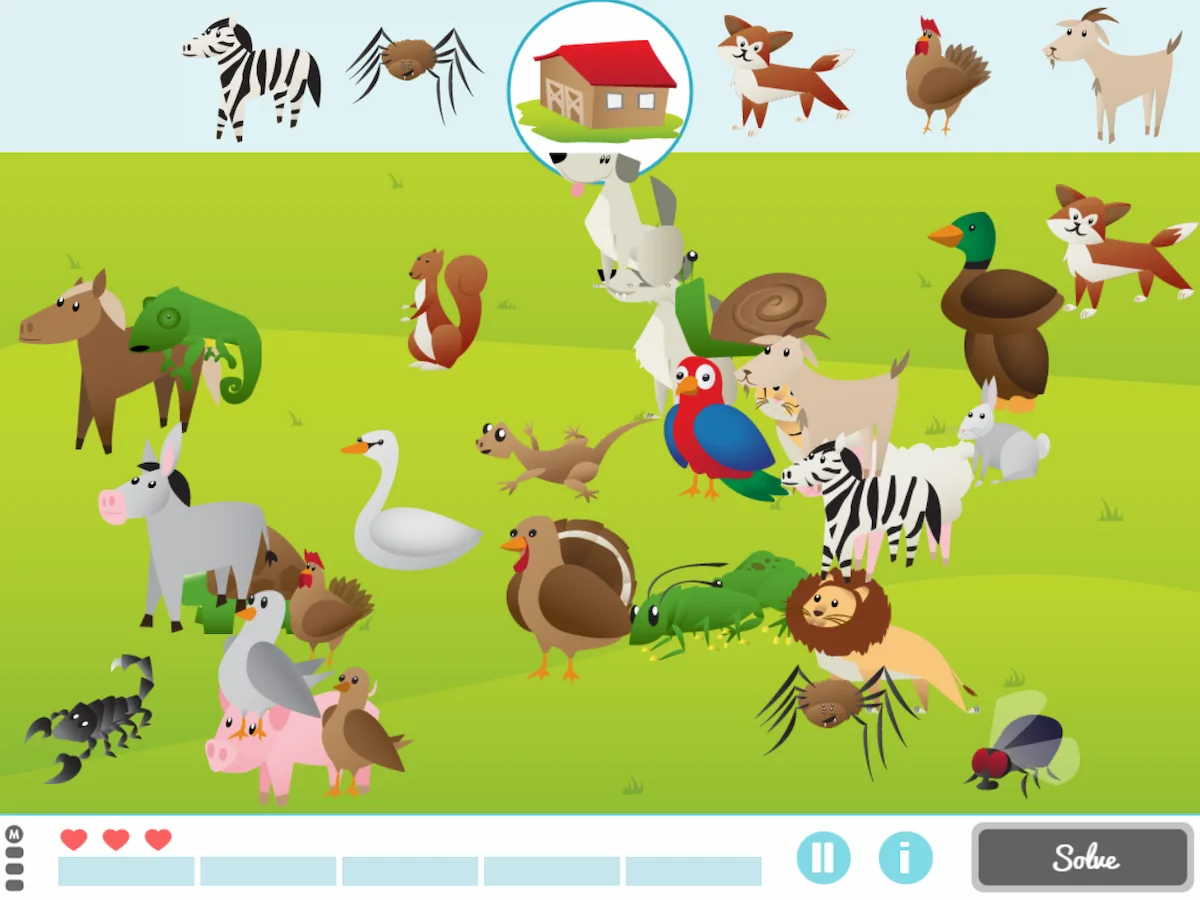
3. Hidden Code
What does it consist of?
It consists of finding as quickly as possible the numbers that remain still among a group of numbers that change constantly.
What does this activity train?
This activity trains:
- selective attention,
- visual gnosis,
- sustained attention.
Play by levels
The game has 9 phases, with phase 1 being the easiest and phase 9 the most difficult.
In phase 1 there are 25 numbers and all move except six. The objective is to find these six numbers that do not move and click on them.
As you progress through phases it becomes more complicated. In phase 9, the hard phase, there are 256 numbers and only 1 moves. This phase will be carried out only when we see that the children complete the previous ones easily. (Hard phase).
4. Escape from the Monster
What does it consist of?
The therapist will explain the game, which consists of selecting, as quickly as possible, the advance squares to avoid being caught by the monster.
What does this activity train?
This activity for working with children with ASD primarily trains processing speed and secondarily selective attention.
Play by levels
The game is divided into 12 phases, with phase 1 being the easiest and phase 12 the most difficult.
The user will move up or down levels automatically according to their hits or errors.
In phase 1 they will only have to choose the shape, a circle or a square, and follow the sequence. The user will move up or down levels automatically according to their hits or errors, bearing in mind that they have three lives per level.
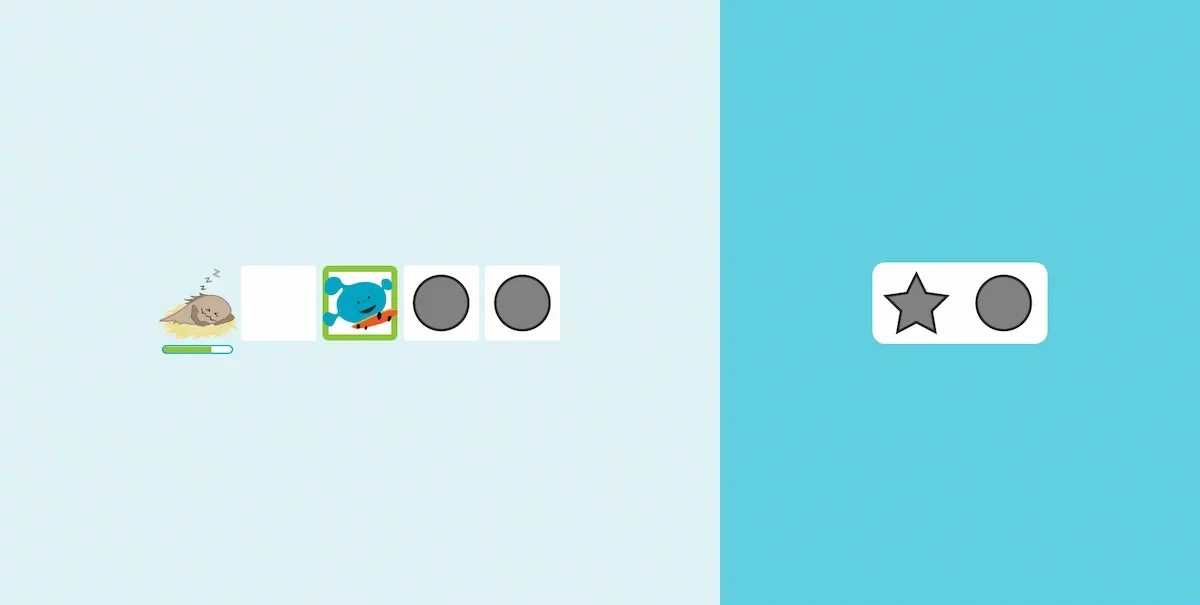
In the final phase, phase 12, they have to choose the background color, the color of the shape, the outline and the shape of the piece. In other words, each time the game requires greater attention and concentration on the part of the child with autism spectrum disorder.
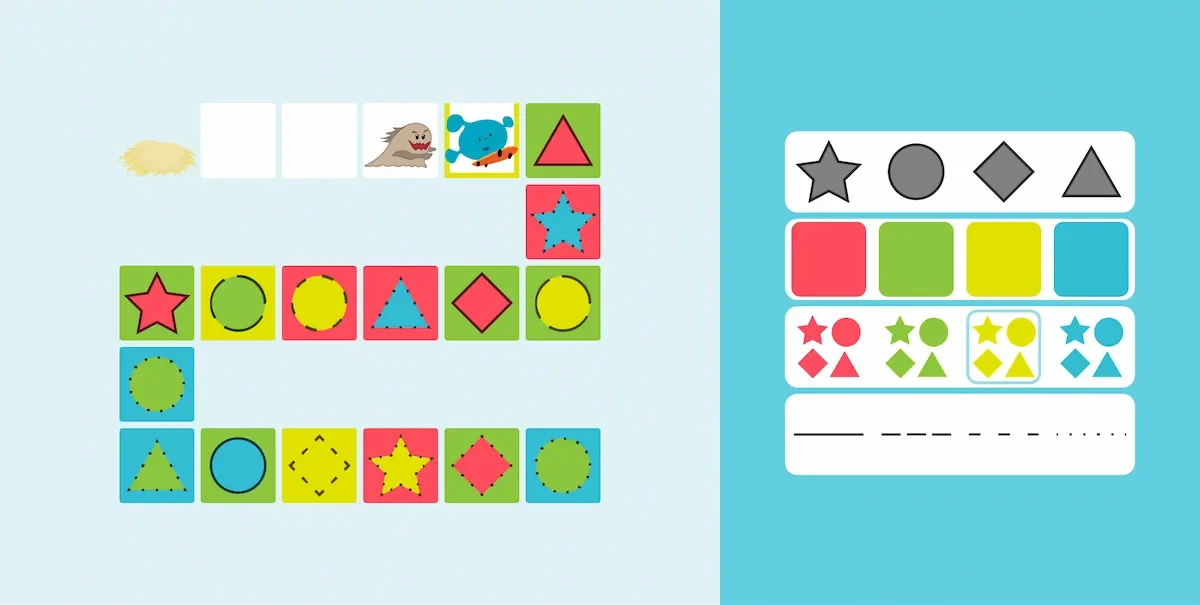
Conclusion
Working on attention with children can be very beneficial for them.
Problems
- It is true that problems such as lack of initiative can occur, although being such dynamic games I do not think this problem will occur across the whole group, but rather more individually.
- Other problems that may arise are that the explanations are not sufficiently clear and that the children do not understand what to do. For this, clear, simple and brief guidelines should be given.
- And finally, the problem of frustration could arise, since depending on the child’s abilities they will be able to complete one phase or another. For this reason, I think it is important to work by phases, since each child can progress according to their development and improve little by little.
NeuronUP, versatile platform
In conclusion, I believe that NeuronUP is a very good platform, since it offers many resources and activities to work on different cognitive functions. In addition, it is a very versatile platform, as it can be used with both children and adults, or in certain cognitive areas that may be more complex and inaccessible.
References
1. American Psychiatric Association, editor. DSM-5 Diagnostic Criteria Reference Guide. Arlington, VA: American Psychiatric Publishing; 2014. 438 p.
2. Digital activities [Internet]. [cited November 19, 2022]. Available at www.neuronup.com
If you enjoyed this post about the treatment of autism spectrum disorder (ASD), how to carry out a cognitive intervention in children with ASD with NeuronUP, we recommend that you take a look at these posts:
“This article has been translated. Link to the original article in Spanish:”
Tratamiento del trastorno del espectro autista (TEA): Intervención cognitiva en niños con TEA
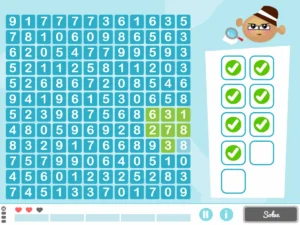
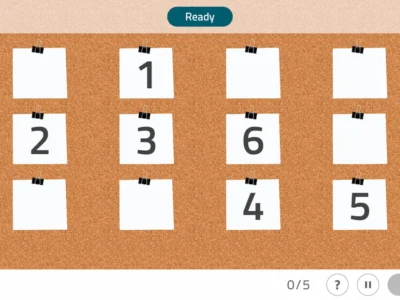

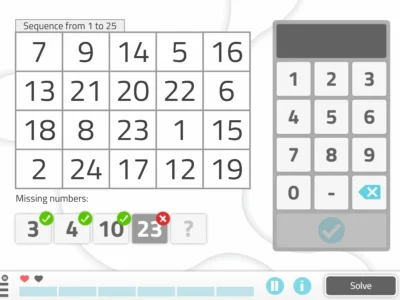

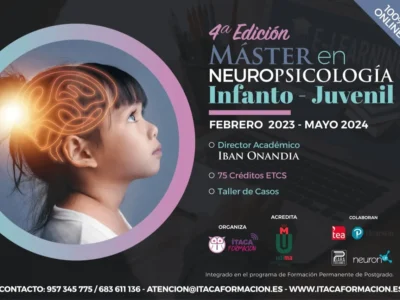

 The 10 most-used NeuronUP activities in 2022
The 10 most-used NeuronUP activities in 2022
Leave a Reply